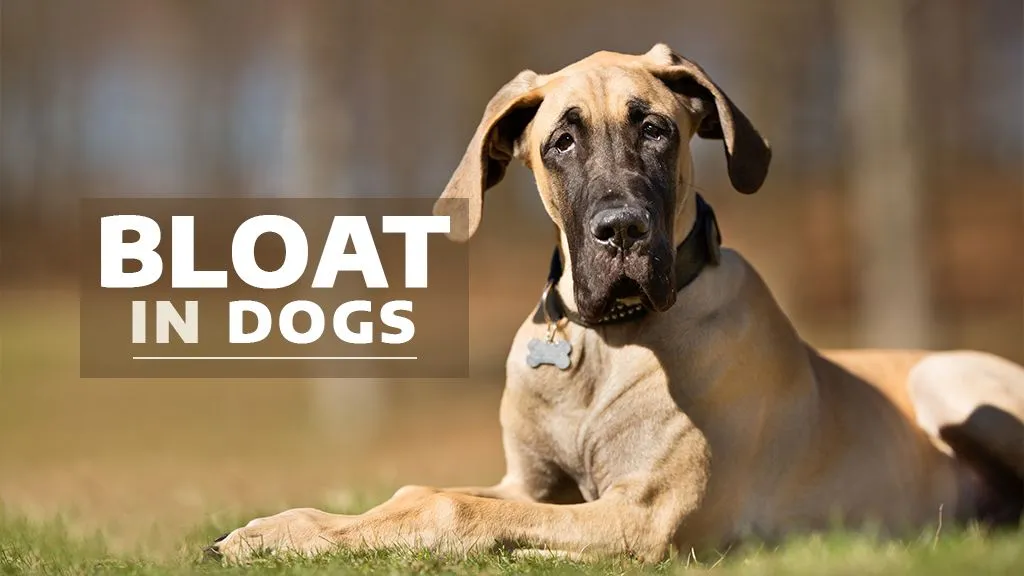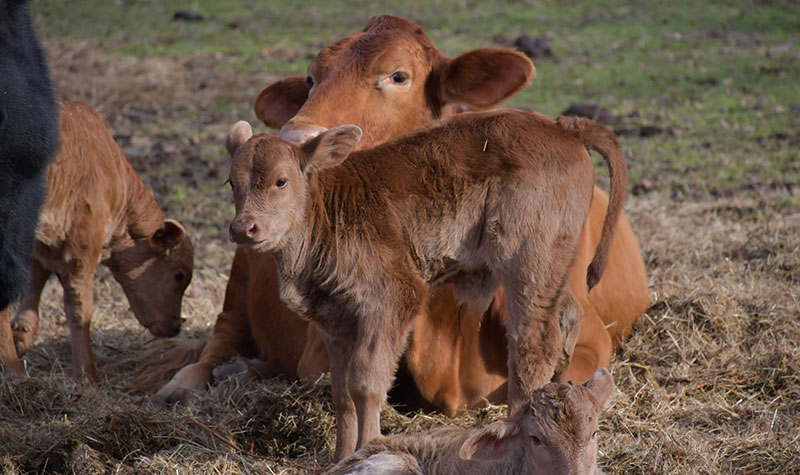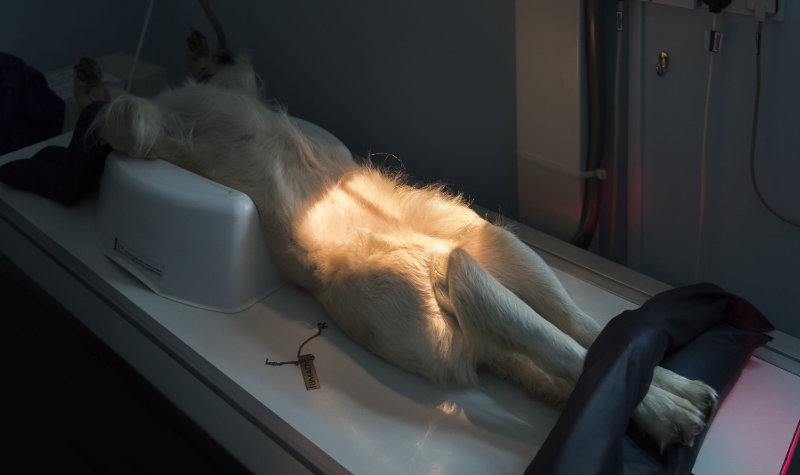What is bloat and how does it affect dogs?
Bloat is a broad term, but all cases are severe and require veterinary attention. Gastric dilation-volvulus (GDV) is the most severe.
When a dog is affected by bloat, its stomach fills with gas, causing gastric dilation. Occasionally, the gas can resolve naturally, but if it doesn’t, this gas can grow and progress into a volvulus, causing the stomach to twist upon itself and block both its entrance and exit.
This can then cause injury to the stomach wall, put pressure on the diaphragm, and damage other internal organs.
What can cause bloat in dogs?
While researched widely, veterinarian experts haven’t diagnosed one specific cause of bloat in dogs. Though, extensive research has highlighted several factors that could increase the risk of bloat in pets, including:
- Exercising too closely before or after eating
- Eating or drinking large amounts in short spans of time
- Eating foods that aren’t specifically created for dogs (like scraps)
- Eating or drinking from elevated bow
Risk factors of bloat in dogs
As well as actions that could put dogs at risk of bloat, some pets are predisposed to the condition because of their existing physical condition and health status. Dogs that are statistically more likely to be affected by bloat include those that are:
- Large and deep-chested like Greyhounds, Basset Hounds, Great Danes, Weimaraners
- Aged seven or above
- Severely under or overweight
- Affected by other health conditions that might affect their intestinal motion like idiopathic megaesophagus
It’s important to highlight that even if your pet isn’t predisposed to bloat, it can still be affected. If symptoms of bloat show in your pet, contact us or your nearest emergency vet as soon as possible.
What are the symptoms of bloat in dogs?
Dogs affected by GDV or bloat will often be visibly distressed and act unusually. Symptoms of bloat in dogs include:
- Dry heaving or retching (often coughing up small amounts of white foam or clear liquids)
- Sudden signs of anxiety like unrest and pacing back and forth
- Pale gums
- Panting and drooling
- A swollen, firm stomach
In some cases, a dog affected by bloat may even collapse and be unwilling to move when encouraged.
If your dog is showing signs of bloat, it’s crucial you contact us or your nearest after-hours or emergency vet for assistance. Bloat can progress very quickly, and the condition can be fatal if left for even a few hours.
Reducing the risk of bloat in dogs
While pet owners can’t prevent bloat, there are several steps they can take to help reduce the risks of bloat in their dog. Some of these include:
- Separating meals into smaller, more frequent portions throughout the day
- Adding small portions of water or wet food to a pet’s dry food
- Using a slow feeder to prevent fast-eating habits or gorging
- Avoiding exercise immediately after or before meals
What to do if you suspect your pet is affected by bloat
If you believe your pet is showing signs of bloat, contact us or your nearest after-hours emergency vet immediately. Bloat is a fast-acting condition, and the faster it’s treated, the more positive the outcome.
Treatment may be simple, requiring movement of gasses and intravenous fluids, or it could require more serious attention and surgery. Call now for assistance with diagnosis of bloat, and care.
Stabler and Howlett Veterinary Surgeons have locations in Ooralea, North Mackay, and Mirani, and are open from 8 am to 6 pm, Monday through Friday, and on weekends in the morning and evening.
For online bookings, please use our online booking portal. Alternatively, you can contact us and call a member of our friendly reception team during business hours.








